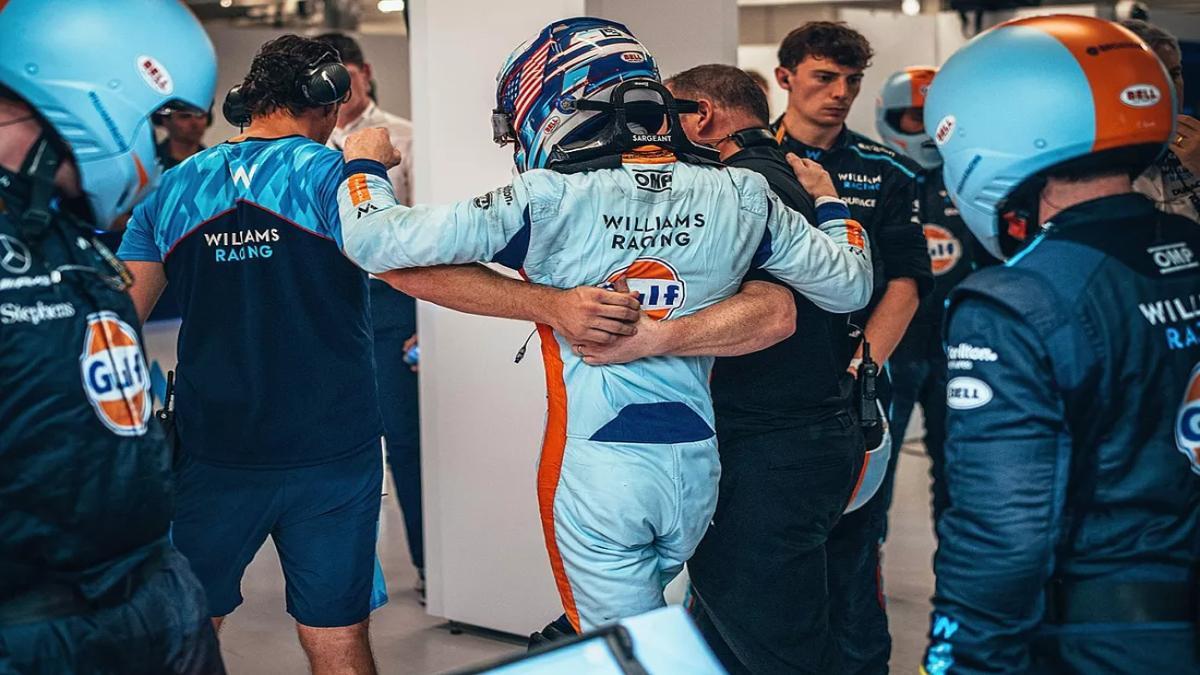(Motorsports news) Solutions are currently being implemented in response to the study that the motor racing governing body launched for F1 following the physical issues drivers had at the Qatar Grand Prix this year. Plans for a small scoop, which would presumably be installed underneath the car to help funnel cool air into the cockpit, were authorized for 2024 during the F1 Commission meeting last week.
However, the FIA has now disclosed that additional measures are being implemented to guarantee that the circumstances in Qatar—where drivers suffered from heat stroke and required medical assistance due to the hot and muggy weather—do not recur. The FIA’s single-seater director, Nikolas Tombazis, has revealed that measures have been put in place so that in the event that weather conditions are judged excessive, the organization will be able to assist drivers by issuing an emergency declaration based on a mix of temperature, humidity, and track layout.
As a result, the minimum weight for cars will be raised immediately, and teams will need to spend the extra weight to purchase additional driver cooling equipment. “This will give the cars an extra bit of weight, probably two kilograms, which will be put on and must be used for the purpose of cooling the driver,” stated Tombazis. Thus, that will make solutions like cooling vests possible.” Tombazis believes that teams would be unlikely to find a solution by fitting strategic ballast instead of actual cooling equipment, even though the increase in the minimum weight limit could tempt them to do so.
“We need to work out some of the details, but we want to make it clear that it’s not something that you can use for any form of dodgy advantage,” he stated. “It’s actually required and serves the objective of cooling. As a result, you could place the ballast in the seat, but it would be foolish of you since, similar to what happened in Qatar, we have seen drivers make mistakes in the later stages of the race. I believe that ignoring it is obviously not in the best interests of the teams.”
F1 Scoop Design:
The scoop concept, which the F1 Commission authorized for 2024, was initially intended to be used this year, but it was shelved due of aerodynamic concerns raised by one team. Tombazis downplayed any notion that the intake may end up being a performance differential, saying instead that it will ultimately be fairly tiny.
When asked about the scoop’s appearance, Tombazis responded, “Don’t imagine a snorkel!”They can, I think, fit anything that looks like a slot beneath the chassis. “People had previously objected to it because they were concerned that it might suction off boundary layers and be exploited for an indirect aero advantage, among other things.
People were speculating about possible uses for it, some of them a little bit paranoid. However, it just limits the scoop’s maximum dimensions and permits it to exist in a specific area.”
Also read: Ferrari’s P2 chance was not due to a gamble in F1 strategy, according to Vasseur














